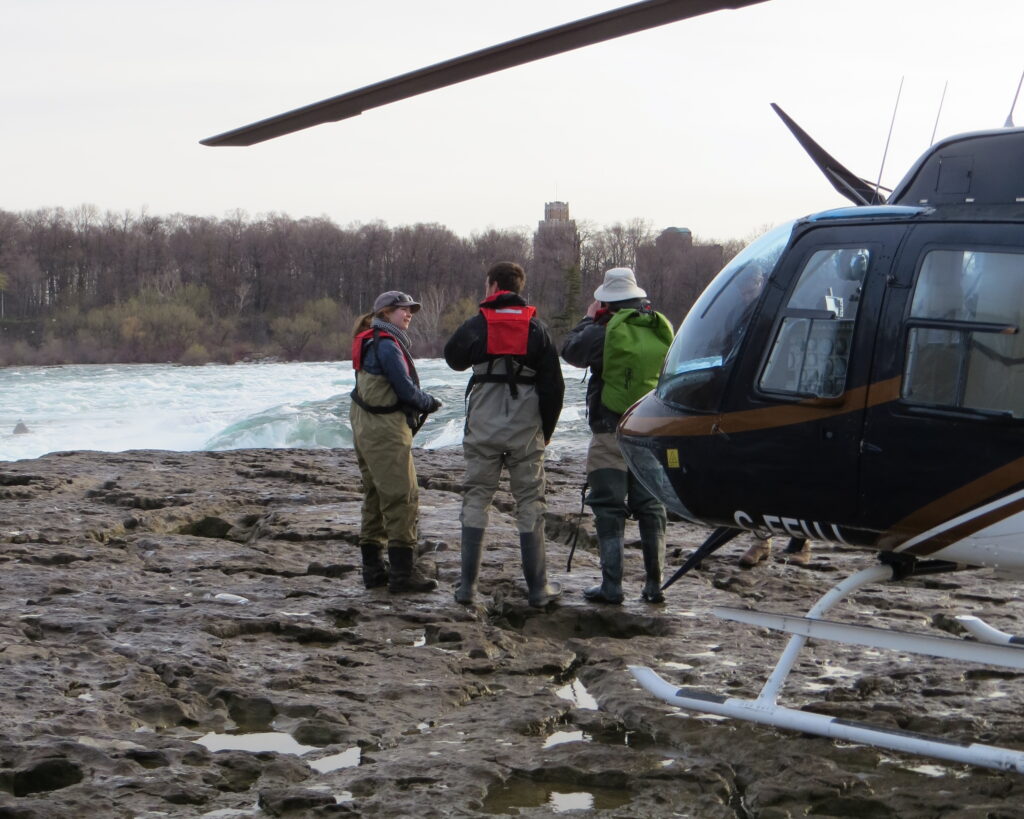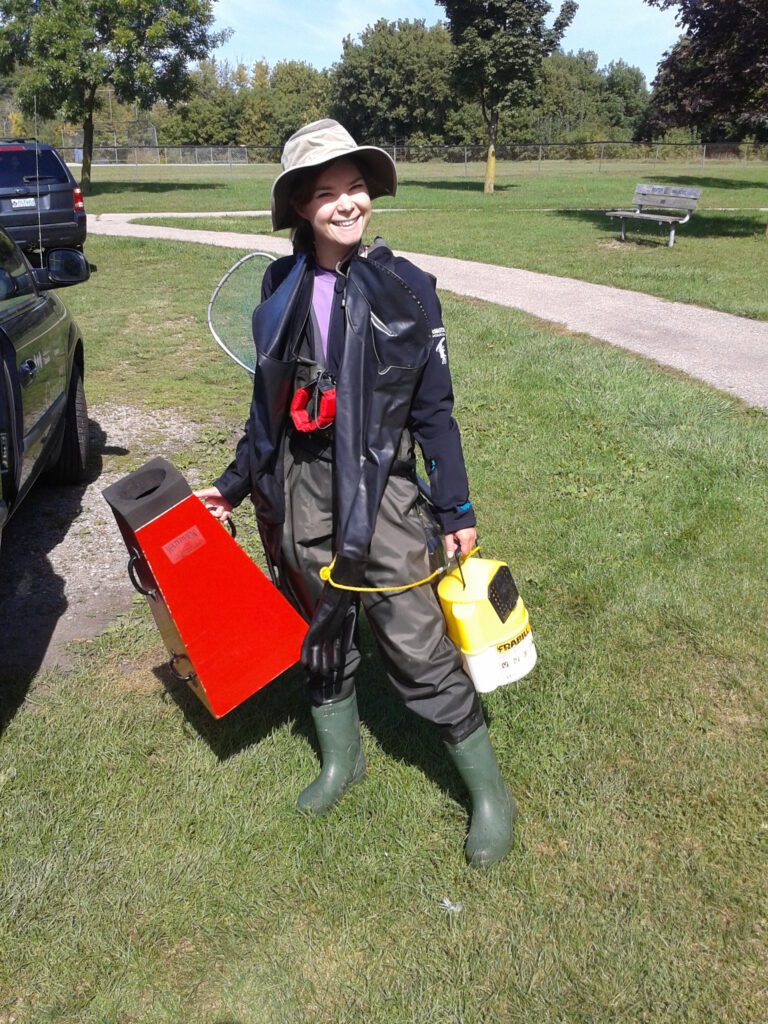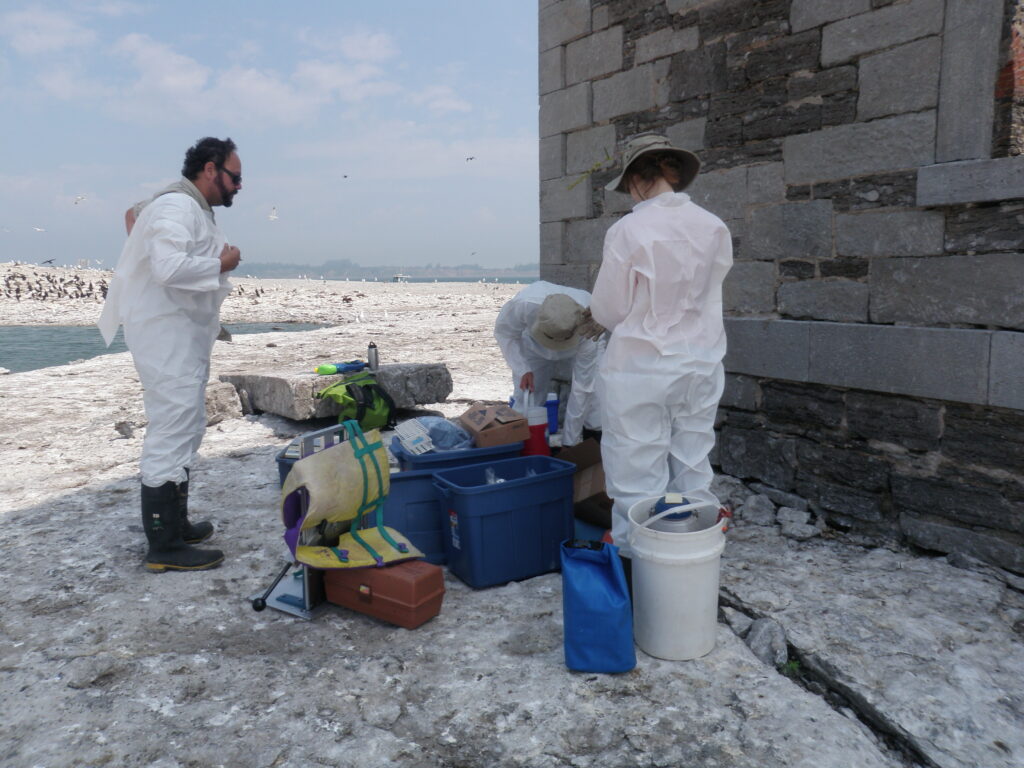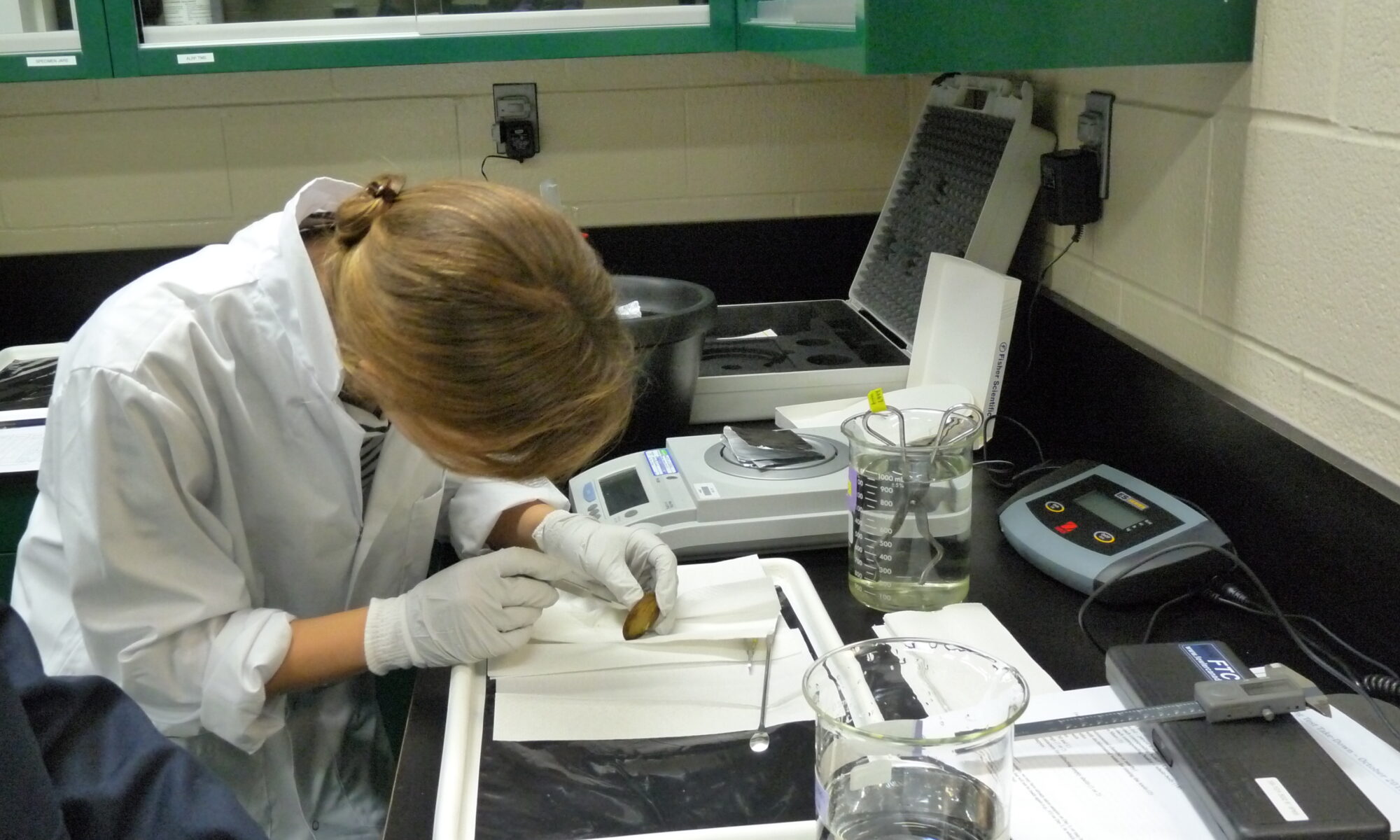“The dose makes the poison” -Paracelsus
OR DOES IT!?
Toxicology is everywhere. It’s behind the scenes – every time a government bans a chemical like BPA or puts restrictions on emissions. Whenever a parent worries about whether the toys their children play with are safe. Every time an angler wonders if the fish they caught in that river is really okay to eat. Or when a grocery store shopper wonders if they should pay extra for organic apples or natural shampoo – they’re relying on toxicology (or….they should be).
Paracelsus was a little bit right – the dose often makes the poison, but not always. Ecotoxicology is the branch concerned with the effects of chemical substances on species and ecosystems, an ever-evolving field as new contaminants enter our environment every day and interact in often unpredictable ways.
I’ve long been interested in the effects of contaminants on wildlife, and work with the Ecotoxicology and Wildlife Health Division at Environment and Climate Change Canada.
My current work in ecotoxicology with ECCC is mostly centred around birds and amphibians in contaminated areas, especially the Great Lakes Areas of Concern. These are locations in Canada and the US where ecosystems have been degraded by environmental contamination and pollution. Many of these areas are in recovery, meaning that ongoing cleanup efforts are improving water quality and wildlife health. I’m analyzing data and writing papers so that we can better understand the results of years of studies, and share our findings with the public and the scientific community.
Previously, I worked on projects designed to understand the impacts of pharmaceuticals on freshwater mussels (ET & C, Chemosphere), assess whether air pollution can mutate the DNA of birds (ES & T), survey wildlife from contaminated areas for deformities, and contributed to projects on contaminants in wildlife (ES & T, ES & T). I did a bit of everything – field surveys, chemical analyses, data analysis, and writing.




